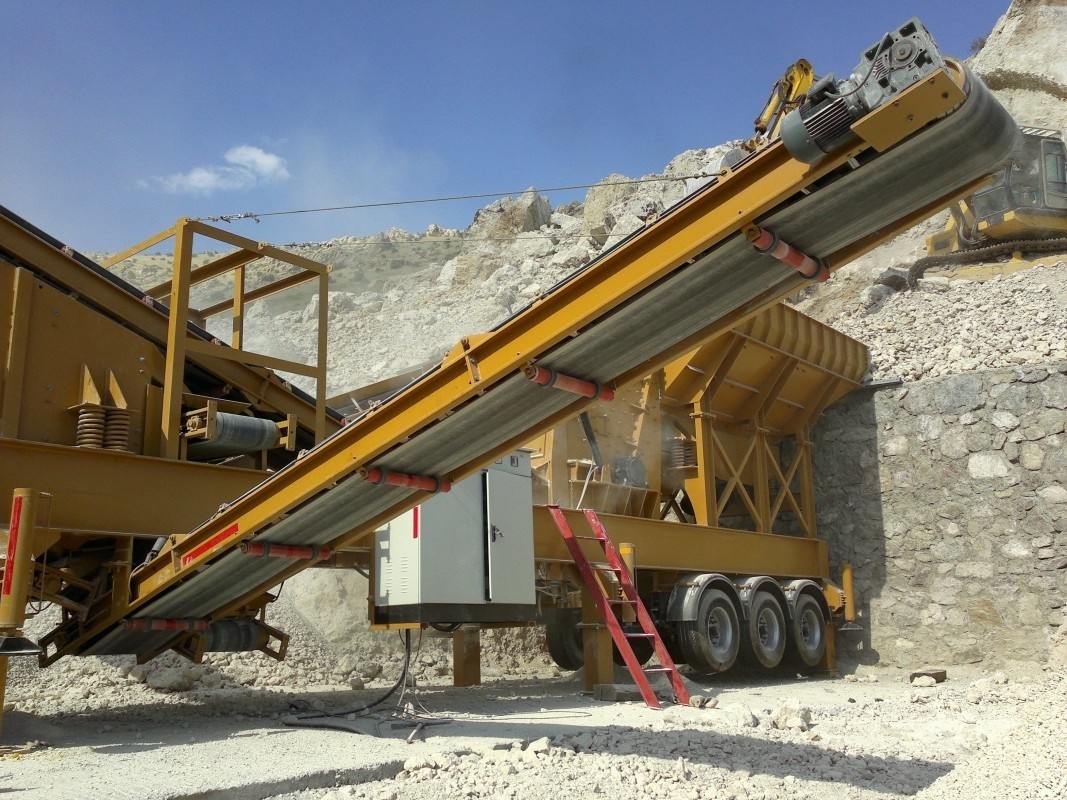Bauxite is the cornerstone of aluminum production, making it a strategically significant raw material globally. The quality and efficiency of aluminum products largely depend on how well bauxite is processed in its initial stage. This is where bauxite crushing and screening plants come into play — facilities designed to reduce the ore into manageable sizes and sort it for further processing. Current listings for such plants, including second-hand sales, complete system setups, and mobile units, are attracting serious attention from both local and international investors.
What Does the Crushing and Screening Process Involve?
Raw bauxite is typically irregular in size and consistency. Crushing and screening transform the ore into uniform, manageable fractions, optimizing it for refining. A standard facility includes:
-
Primary Crushers: For breaking down large chunks of ore.
-
Secondary Crushers: For finer reduction.
-
Screening Units (Vibrating screens): To sort material by size.
-
Conveyor Belts: For internal transportation of material.
Modern facilities often include automation technologies that boost precision and reduce manual labor requirements.
Key Considerations for Investors
Investors evaluating plant listings often focus on several factors:
-
Energy Efficiency: Equipment that consumes less power.
-
Throughput Capacity: How much material is processed per hour/day.
-
Mobility: Stationary or portable (mobile) units.
-
Environmental Impact: Dust control, noise levels, and environmental compliance.
-
Technological Features: Automation, remote monitoring, and data integration.
Why Invest in Bauxite Facilities Now?
Global demand for aluminum continues to rise, especially due to its use in sustainable transportation, aerospace, and construction. This growing demand is driving the need for increased bauxite processing capacity. Listings currently available provide opportunities ranging from competitively priced second-hand machinery to high-end, fully automated new installations
 English
English
 Le français
Le français
 Türkçe
Türkçe

